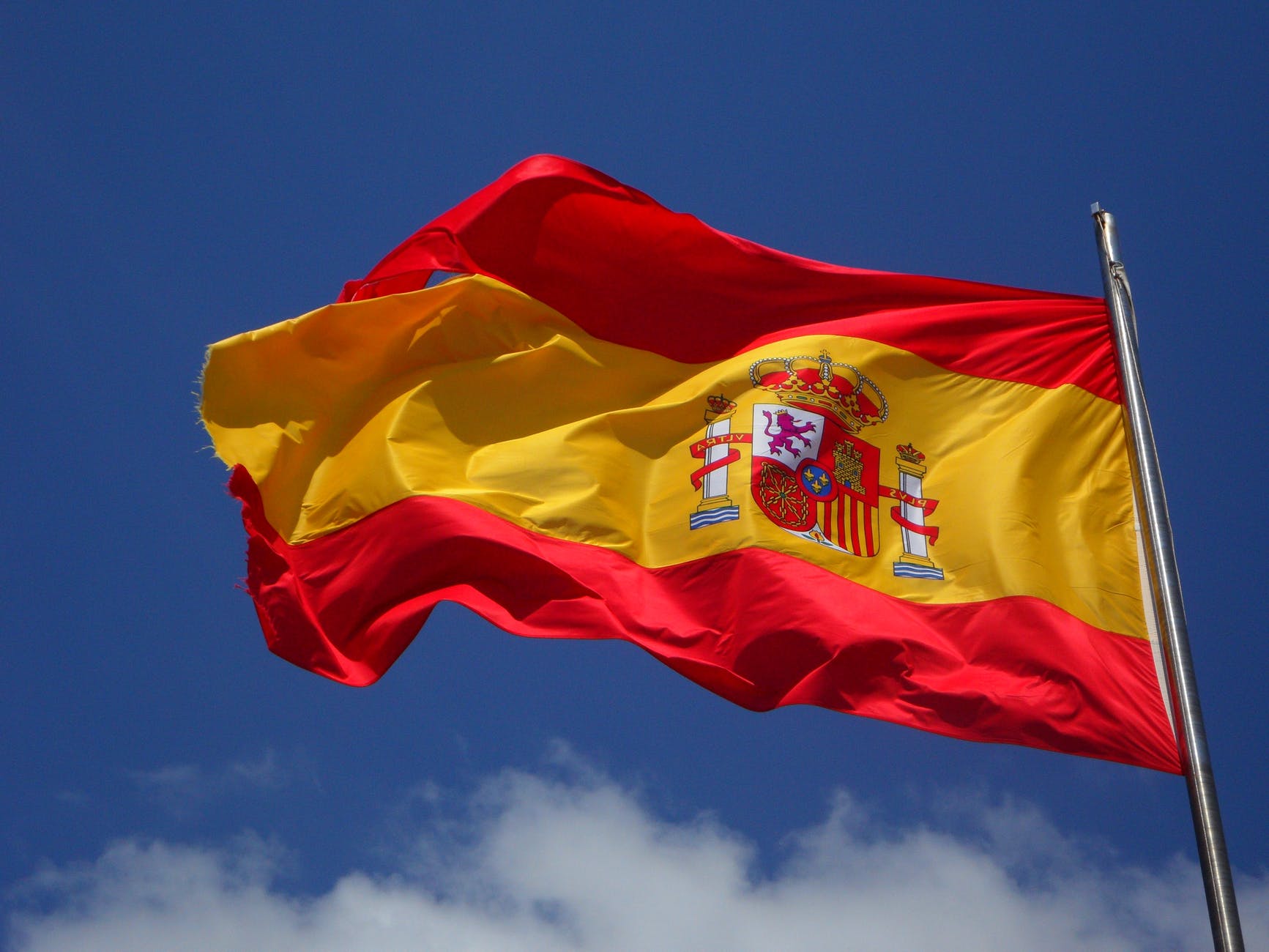All you need
to know
about Brandy
in a nutshell
Wine distillate – which is the definition we keep for brandies- are produced all over the world, almost, where wine is produced. It allows them to express their terroir in a difference way than wine.
The main categories of importance are Cognac and Armagnac from France and Pisco from Chile, Peru and Bolivia. Brandy de Jerez from Spain is another wine that is less well known but of importance and there are many other European brandies specially in Germany and in the US.
Brandy de Jerez
Brandy de Jerez used to be made by the Sherry houses centered around the city of Jerez de la Frontera in the southwest corner of Spain.
The wine they are made from is produced all over Spain (but still essentially from the Airen grape in La Mancha and Extremadura) as the local grapes are too valuable to divert into wine distillate production.
Nowadays most of the distilling is also done elsewhere in Spain using column stills. It is then shipped to Jerez for aging in used Sherry casks in a solera system similar to that used for Sherry wine.
It has to aged in that region to obtain the PGI (protected geographical indication).

A solera is a series of large casks (called butts), each holding a slightly older spirit than the previous one beside it. When brandy is racked from the last butt (no more than a third of the volume is removed) it is replenished with brandy drawn from the next butt in line all the way down the solera line to the first butt, where newly distilled brandy is added. This system of racking the brandy through a series of casks blends together a variety of vintages (some soleras have over 30 stages) and results in a speeding up of the maturation process.
Basic Brandy de Jerez Solera must age for a minimum of six months
Brandy de Jerez Reserva for one year and Gran Reserva for a minimum of three years. In practice, the best Reservas and Gran Reservas are frequently aged for 12 to 15 years.
The lush, slightly sweet and fruity notes to be found in Brandy de Jerez come not only from aging in Sherry casks, but also from the judicious use of fruit-based flavor concentrates and oak essence (boise).
High quality brandies are produced in pot still named alquitaras
Penedès Brandy comes from the Penedès region of Catalonia in the northeast corner of Spain near Barcelona. Modeled after the Cognacs of France and made from a mix of regional grapes and locally-grown Ugni Blanc of Cognac, it is distilled in pot stills. One of the two local producers (Torres) ages in soleras consisting of butts made from French Limousin oak, whereas the other (Mascaro) ages in the standard non-solera manner, but also in Limousin oak. The resulting Brandy is heartier than Cognac, but leaner and drier than Brandy de Jerez.
Italian Wine distillates
Italy has a long history of wine distillate production dating back to at least the 16th century, but unlike Spain or France there are no specific regions.
Italian Brandies are made from regional wine grapes, and most are produced in column stills, although there are now a number of small artisanal producers using pot stills. They are aged in oak for a minimum of one to two years, with six to eight years being the industry average. Italian Brandies tend to be on the light and delicate side with a touch of residual sweetness.

German Weinbrand
German monks were distilling wine by the 14th century and the German distillers had organized their own guild as early as 1588. Yet almost from the start, weinbrand has been made from imported wine rather than the more valuable local varieties. Most German weinbrand are produced in pot stills and must be aged for a minimum of six months in oak. Those that have been aged in oak for at least one year are called uralt or alter (meaning “older”).
The best Weinbrand are smooth, somewhat lighter than Cognac, and finish with a touch of sweetness.
American Brandies
Brandy production in California dates back to the Spanish missions in the late 18th and early 19th centuries. In the years following the Civil War, Brandy became a major industry, with a substantial export trade to Europe by the end of the century. For a time Leland Stanford, founder of Stanford University, was the worlds largest brandy producer. Phylloxera and National Prohibition almost shut down the industry in the 1920s.
Repeal started things up again, but as with the bourbon industry, the advent of World War II resulted in the brandy producers further marking time. Soon after the end of the war the industry commissioned the Department of Viticulture and Oenology at the University of California at Davis to develop a prototype “California-style” brandy. It had a clean palate, was lighter in style than most European Brandies, and had a flavor profile that made it a good mixer. Starting in the late 1940s, the California brandy producers began to change over to this new style.
Contemporary California Brandies are made primarily in column stills from table grape varieties such as the Thompson Seedless and Flame Tokay, although a handful of small new-generation Cognac-inspired pot distillers, such as Jepson and RMS, are using the classic Ugni Blanc, Colombard, and Folle Blanche grapes. California Brandies are aged for two to 12 years in used American oak (both Brandy and Bourbon casks) to limit woodiness in the palate, although the pot distillers also use French oak. Several California distillers, most notably Korbel, have utilized the Spanish solera method of maturing their Brandy. California Brandies do not use quality designations such as V.S.O.P. or stars. The more expensive brands will usually contain a percentage of older vintages and pot-distilled Brandies in the blend.
source for the US wine distillate

